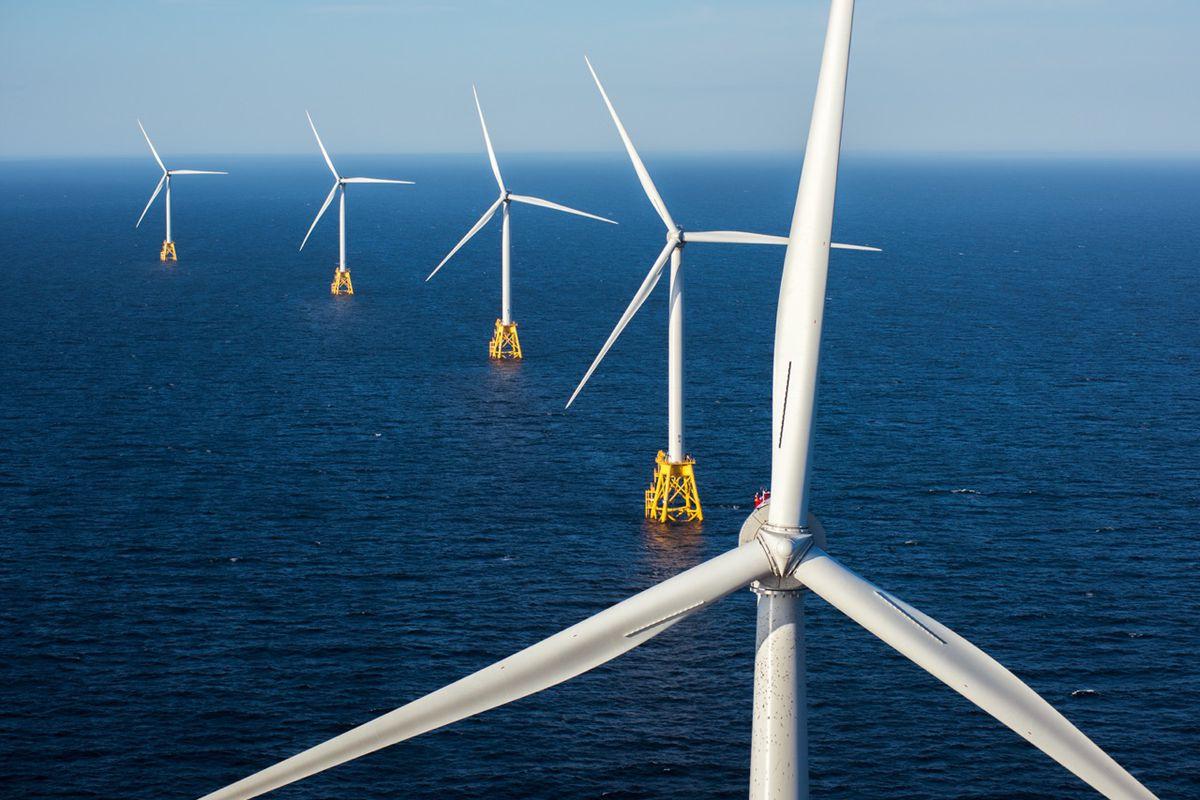The development of offshore wind technology throughout New England has dramatically increased over the years since it was first introduced to the area in 2016 with the construction of the Block Island Wind Farm.
These wind farms have brought with them inquiries into the impacts of these new forms of energy use on surrounding communities.
Professor David Bidwell, of the department of Marine Affairs, is an example of someone delving into this kind of work. Bidwell along with other URI representatives recently received a $2.5 million grant given to research the impact of this energy development over the coming five years. URI will be working on this project in accordance with the University of Delaware and the Institute for Global Sustainability at Boston University.
The universities will also work in collaboration with community organizations within New Bedford, Massachusetts, New London, Connecticut and a third community yet to be determined.
“We’ll work closely with partners in those communities to do focus groups, public meetings, and surveys,” Bidwell said. “Trying to understand what’s important to the community and what their priorities are.”
Bidwell described how the development of offshore wind, while it can see benefits to surrounding communities such as jobs and pay used to expand public resources, can also have pressing negative impacts. These include noise as well as overpopulation and congestion as project workers come to the area. Bidwell said that the project will search to determine “indicators” of the communities needs with the aim of maintaining energy justice.
The grant will cover the costs required for faculty and select students to plan, gather information on, and develop connections with the select communities. Bidwell said the hope is for the project to increase the benefits of the developments within the communities, and for the indicators of their needs to be fulfilled.
“Those three communities that we’re working in will become sort of case studies that hopefully can influence not just what’s happening in those locations but across the United States all along the coast,” Bidwell said.
Discourse over the impacts of offshore wind development, however, expands further than just in local communities. An article from The Wall Street Journal describes how environmentalists are torn over the potential risks and rewards of this new energy form on marine life.
The article explains how some are concerned that wind farms can “present a dire threat to the endangered Atlantic right whale and sea turtles; that spinning turbines kill birds and interfere with seabird migrations; and that vast fields of turbines will disrupt economically vital commercial fisheries.”
Other organizations, however, argue that “offshore wind farms, when developed properly, can avoid harming marine species or interfering with commercial fisheries.”
These organizations that support wind development also emphasize the impact of the world’s rapid climate change on ocean life as more pressing than the possible impact of wind farms, according to the article. They argue that due to their function as a carbon free source of energy, wind farms could potentially even serve to help ocean life in their effort to reduce emissions that fuel global warming.
This study of the impacts of offshore wind development, both inside and outside of neighboring communities, has been gathering attention and that will likely continue as the growth of wind farms expands along the coast.

